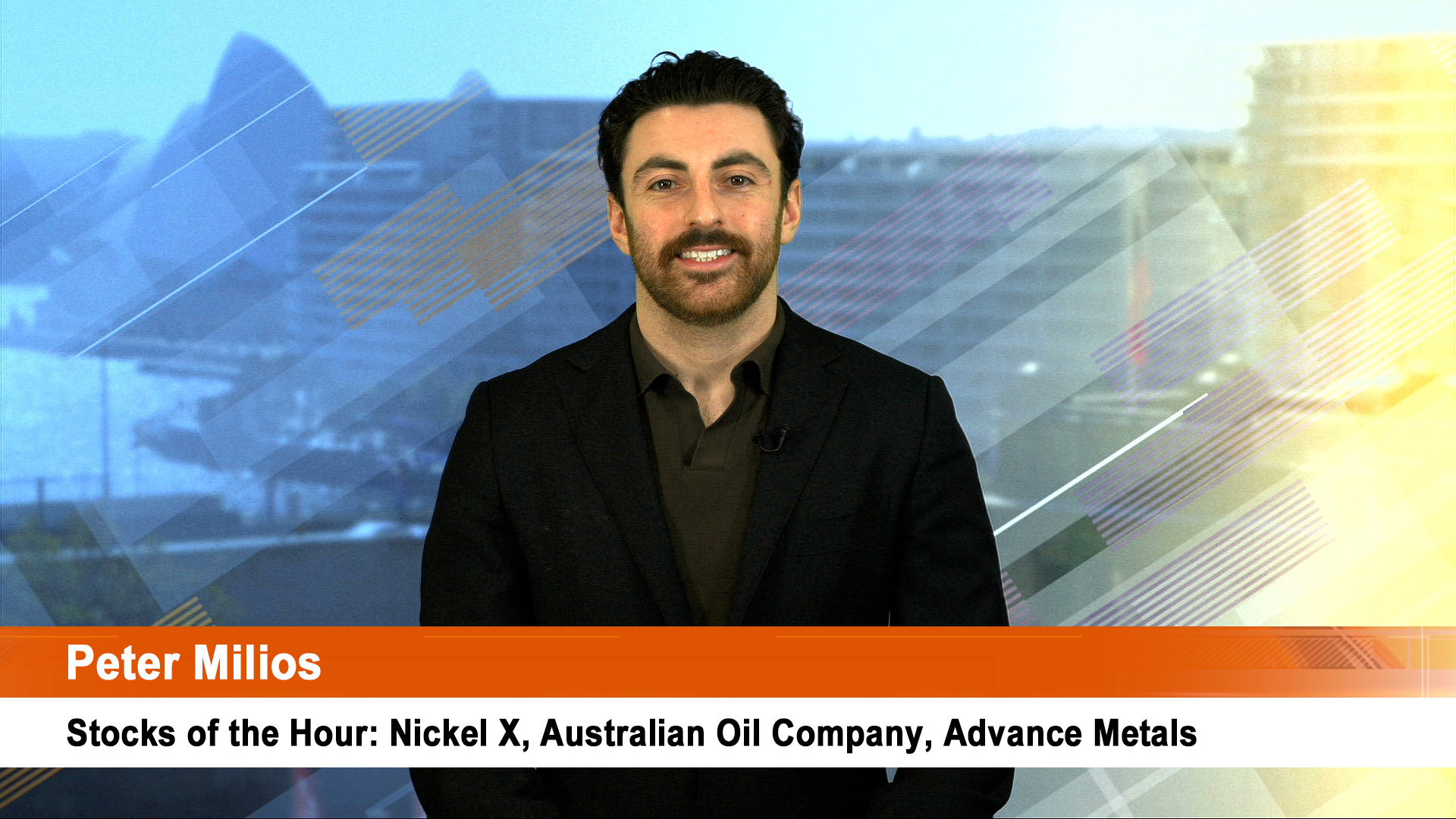AMP Capital Investors’ Chief Economist, Dr Shane Oliver gives us his assessment of China’s health after the release of economic data for September and the September quarter over the past week.
He says the economy is still growing strongly, despite quite clear signs of a slowdown and still high cost pressures.
After Europe and the US have effectively played a tag team in causing consternation for investors over the last six months, it seems China may be joining in as well.
Sentiment regarding China is constantly swinging between boom and bust.
Right now it has swung back to the bust side, with increasing concern about a Chinese hard landing.
This comes at a time when Europe and the US are looking somewhat better, or at least a bit less worrisome.
Recent US economic data points to an economy continuing to grow, albeit slowly, but not in recession.
And Europe appears to be moving to write off more Greek debt, recapitalise its banks and enhance the role of its bailout fund to provide more support for Italy and Spain.
Much uncertainty remains, but the worst case of a US recession and European financial meltdown looks to be receding in likelihood.
Providing that Europe delivers some sort of coherent plan as promised, this augurs well for further gains in shares into year end.
But just as the risks appear to be receding a bit regarding the US and Europe, concerns about China are on the rise.
China concerns
Pessimism regarding China can be summarised as follows:
It has overinvested in infrastructure and property, with talk of “bridges to nowhere” and “ghost towns”; this has been associated with much higher than reported public debt levels and will likely result in a sharp rise in bad loans in the banking system; monetary tightening has led to a credit crunch which is now squeezing property developers; exports are now slowing as a result of slower global growth; and thanks to higher public debt and high inflation, along with the leadership changeover next March, the authorities won’t respond quickly.
Several high profile rail accidents and media stories of credit problems in Wenzhou have added to the gloom.
This has all seen the Chinese share market fall back to last year’s lows, which is 30% below the post Global Financial Crisis (GFC) high in August 2009 and 60% below the pre GFC high of October 2007.
Wenzhou is a coastal city which is regarded as the country’s private sector heartland.
It has a very active non-bank, or curb, lending market. Informal lending surged in response to monetary tightening and rates of interest range from 20% to 40%.
With the recent slowing of the economy, exports and property markets, over 90 Wenzhou factory owners are reported to have disappeared and thirty are reported to have committed suicide after not being able to pay their debts.
Many see this as a sign of things to come for China.
Some perspective
Many of these concerns are not new.
The following points are worth noting.
Per capita income in China is less than 10% of US and Australian levels.
As such, pent up demand is huge, making it almost impossible for China to overinvest in infrastructure or property.
Today’s glut quickly becomes tomorrow’s shortage.
Shanghai’s Pudong district is a classic example – once a huge ghost town, it is filling up.
Bubble-like conditions have clearly existed in some cities’ housing markets and affordability is poor.
However, nationwide house price increases have lagged income gains and moves to slow the residential property market appear to be working, with house price growth slowing to an average of less than 4% over the year to September.
What’s more, household debt is low, only 11% of residential property buyers are owner occupiers, average deposits are around 40% of values and 20% of buyers pay in cash.
Hardly the stuff of bubbles.

Allowing for the surge in local government debt, as a result of the 2008-09 stimulus, most estimates put China’s gross public debt at around 50% of GDP.
However, several points are worth noting in relation to this.
First, it’s still well below US, EU and Japanese levels, which are around 100% of GDP or higher.
Second, unlike the US and many troubled European countries, China is not dependent on foreign funding of its public debt. In fact,
China is now the world’s biggest creditor nation and once allowance is made for its huge foreign exchange reserves and sovereign wealth fund holdings, its net public debt is around zero.
Chinese government asset holdings are also massive compared to most countries. Third,
China’s budget deficit is just 2% of GDP and fiscal revenue is growing 20 to 30% pa, all of which makes public debt levels easily serviceable.
While bank non-performing loans will likely rise with the inevitable failure of some infrastructure projects, a reasonable estimate is that the non-performing loan ratio for major banks could increase from a very low 1.5% or so at present to around 7%, compared to 24% a decade ago.
It’s also likely the central government will underwrite many of the bank loans to local government as they were an arm of fiscal policy.
Wenzhou is unlikely to be indicative of the whole country.
Curb lending in Wenzhou has a long history, with a big proportion of households and firms participating.
However, Wenzhou accounts for less than 1% of national GDP and small












